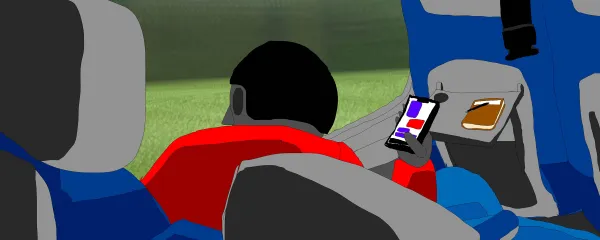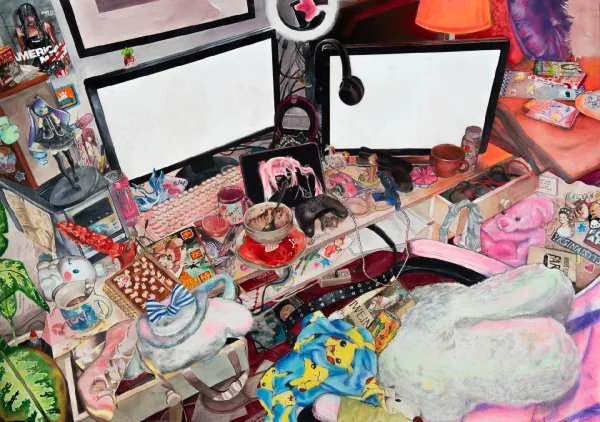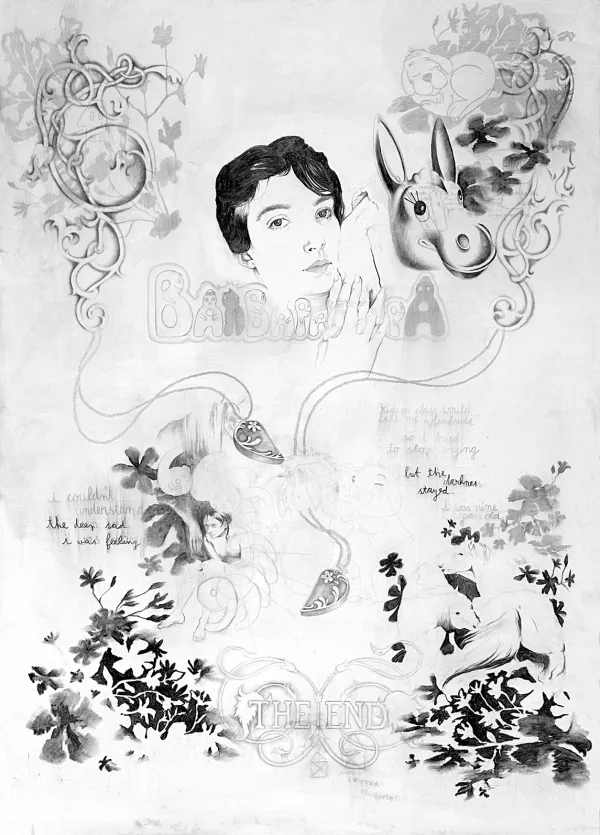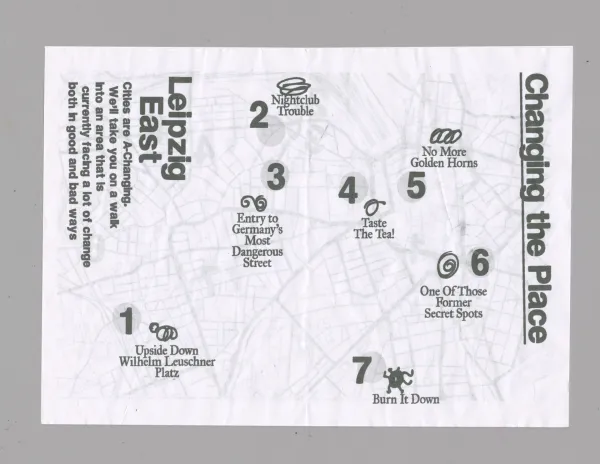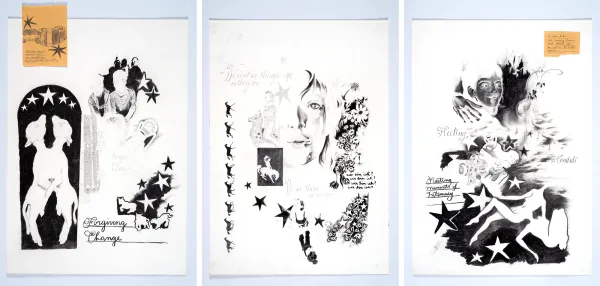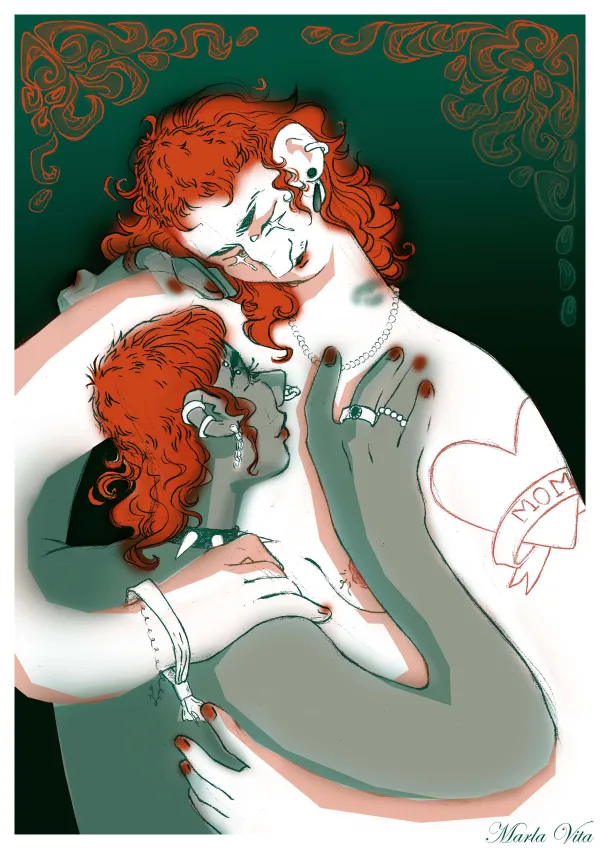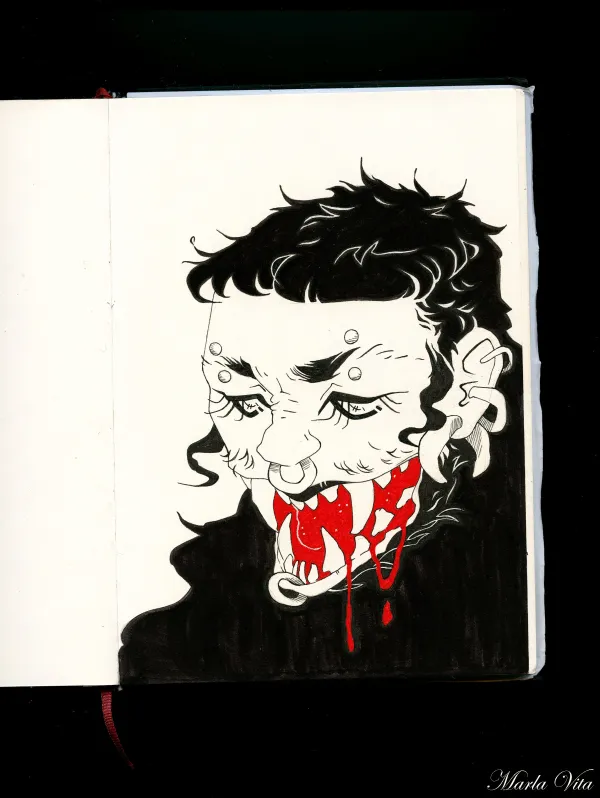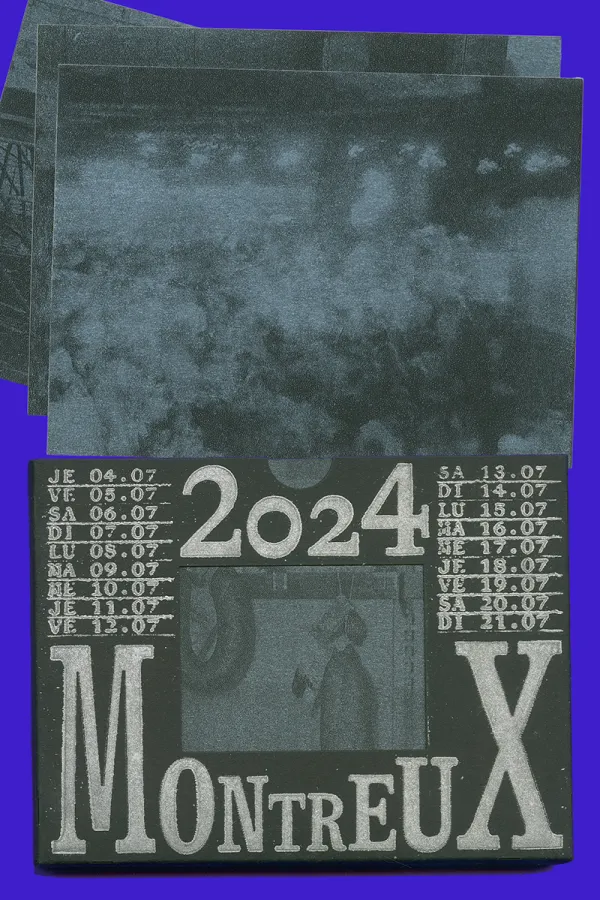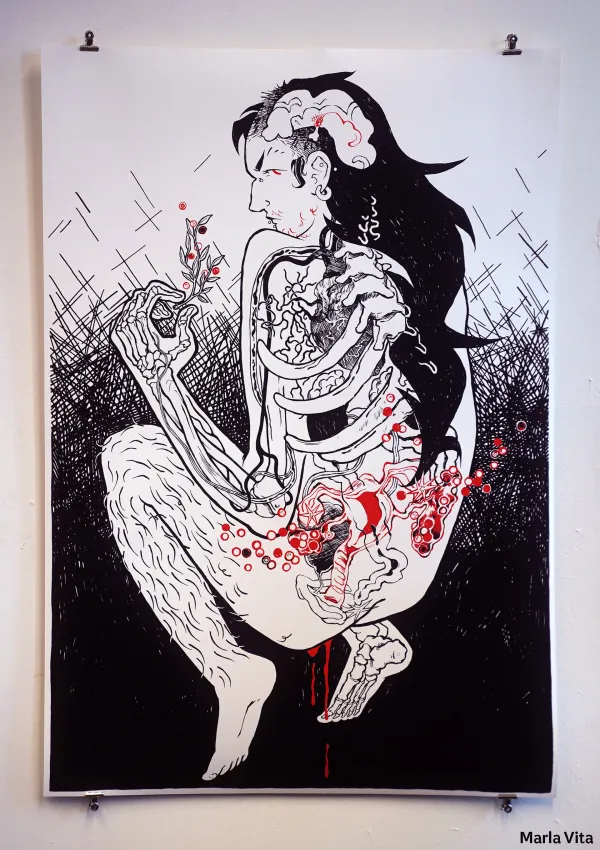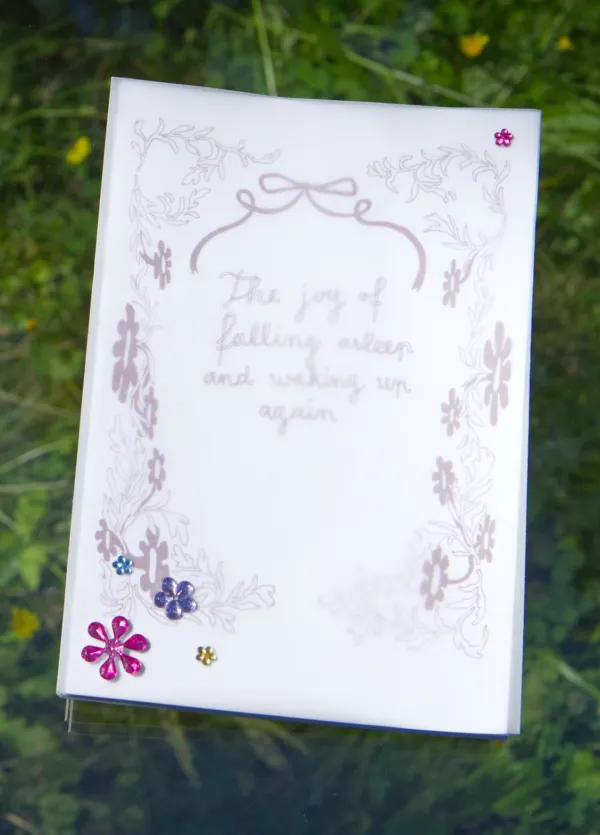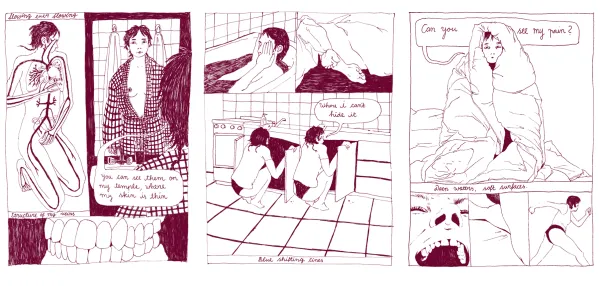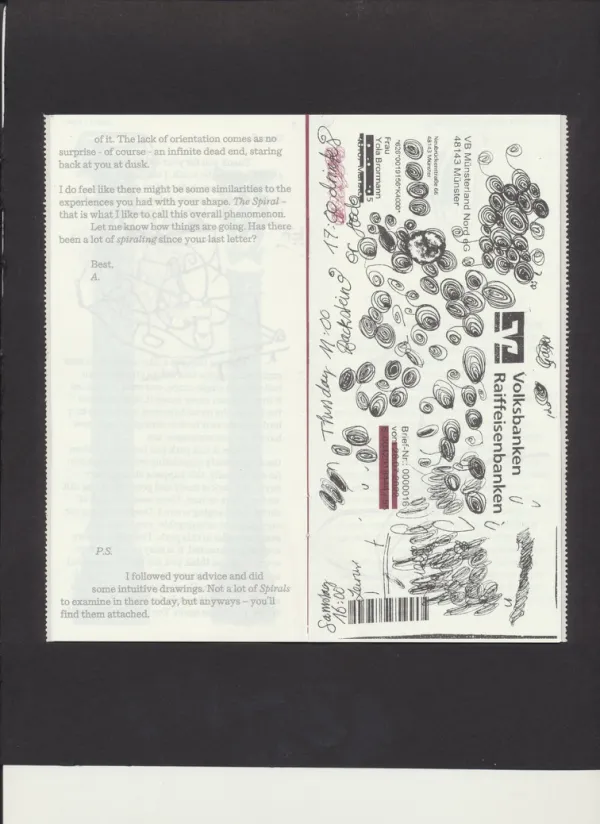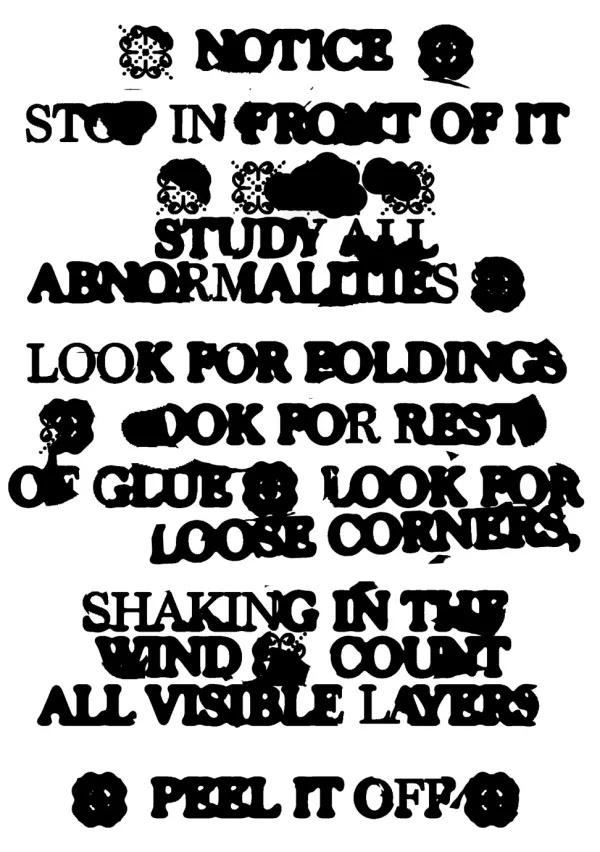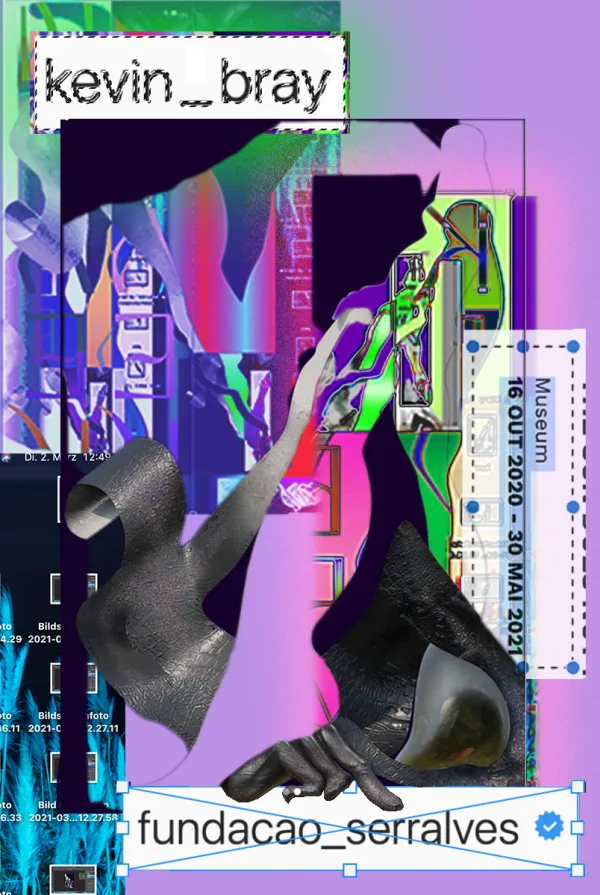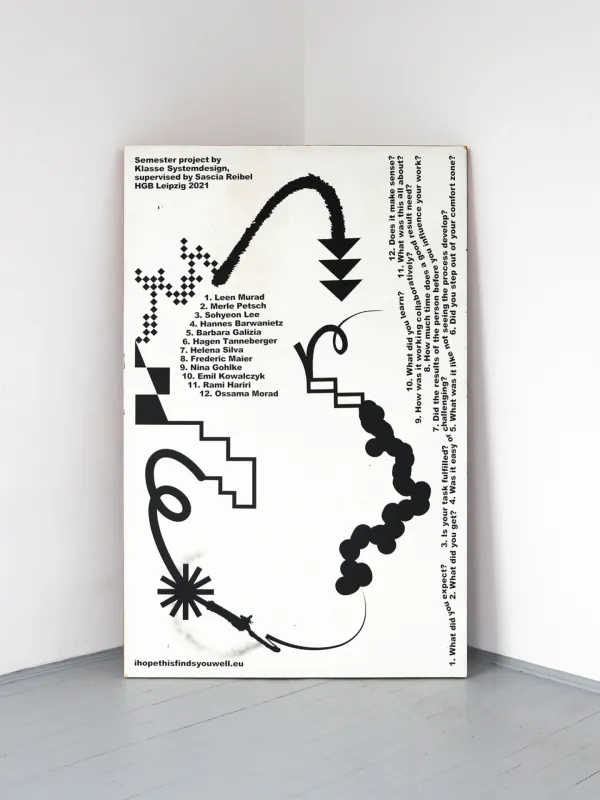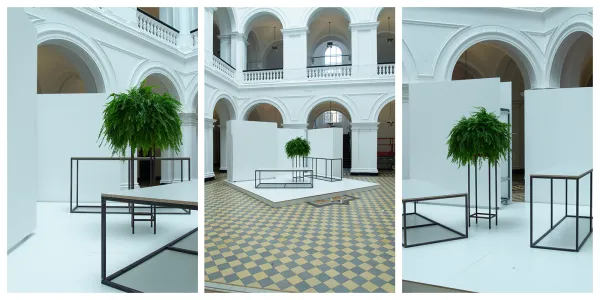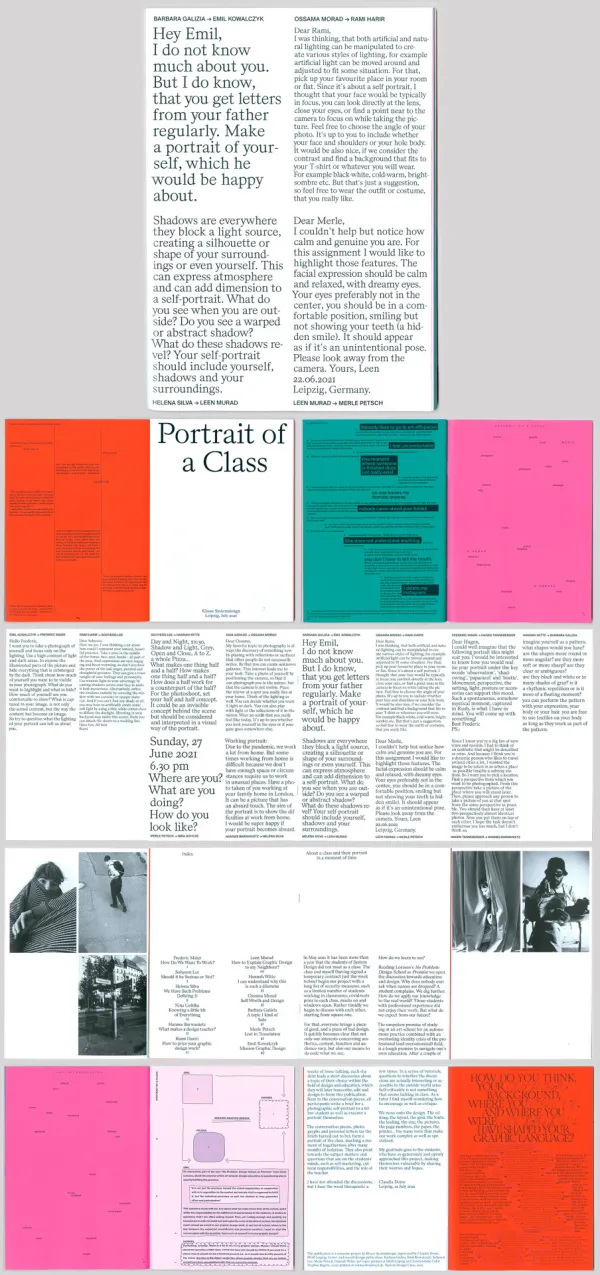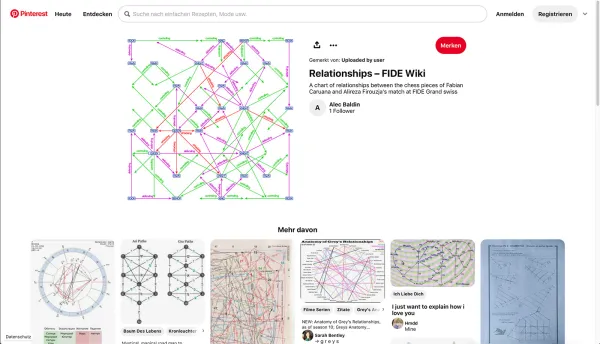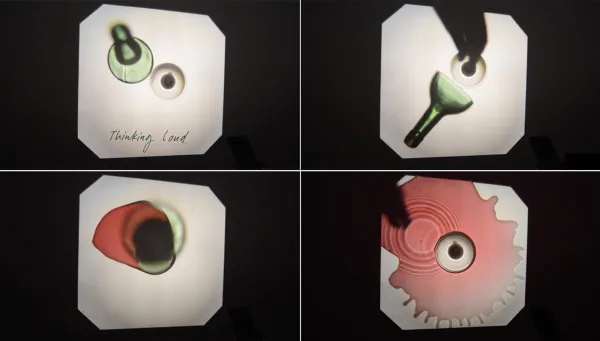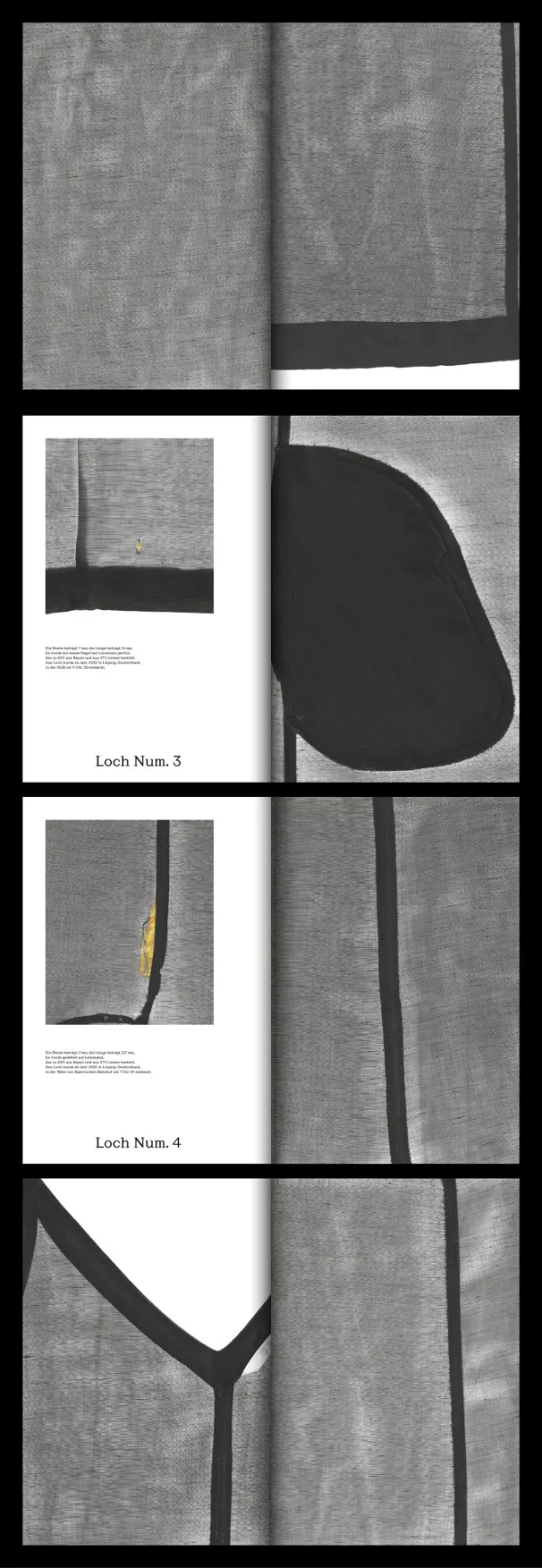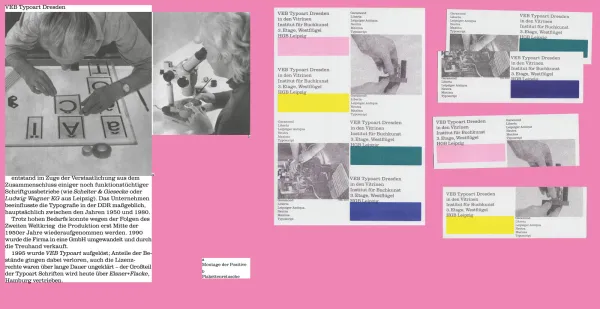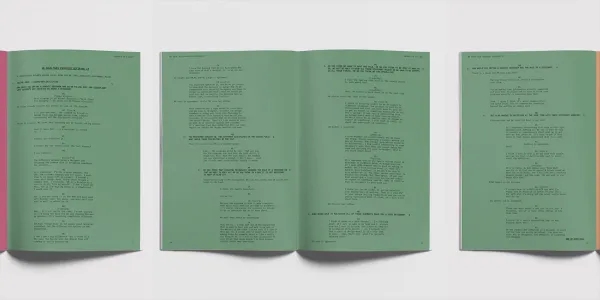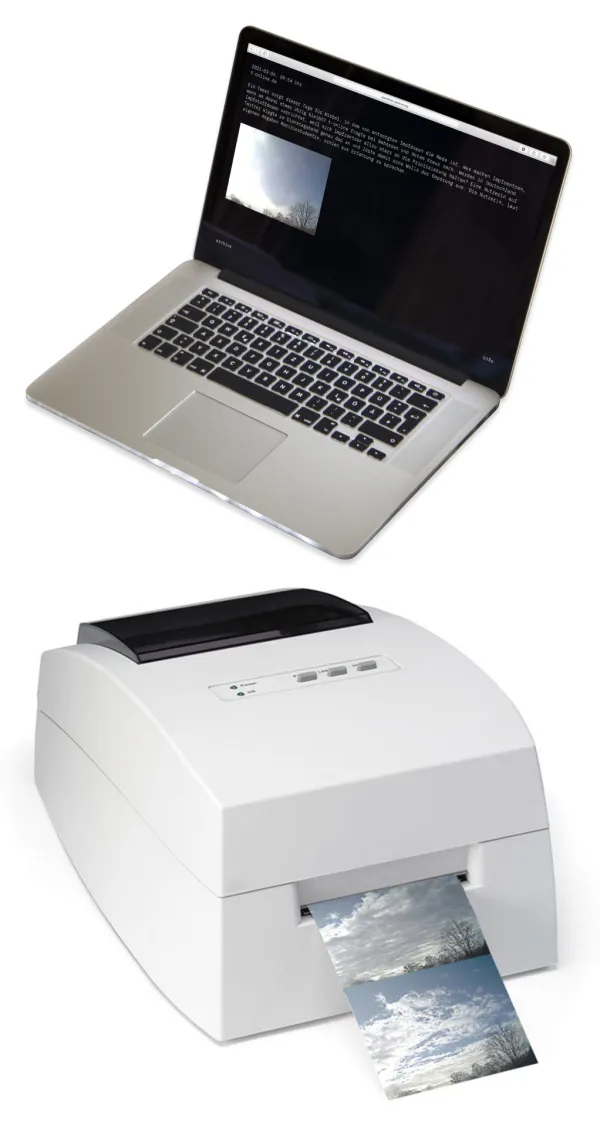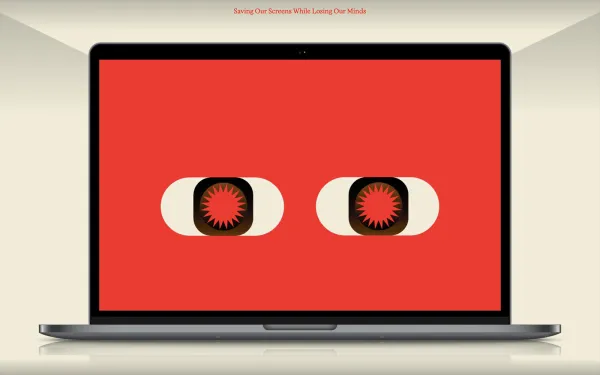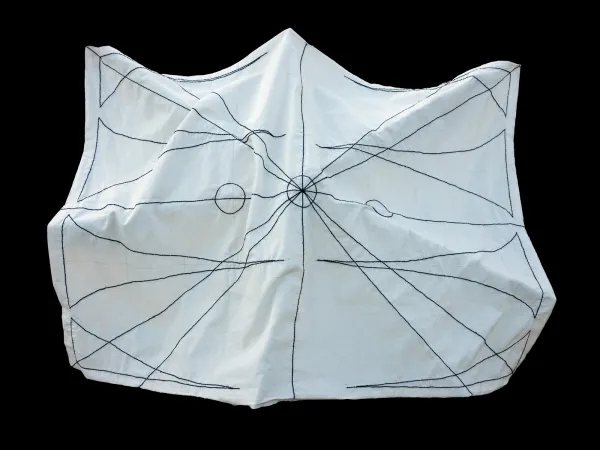The discipline of graphic design is in constant flux, continuously shaped by technological, cultural, and societal developments. Whereas visual communication was once embedded in clearly divided processes and roles, today many aspects – from concept development to technical implementation – are often handled by a single individual. Designers now combine various areas of expertise and operate in a space between specialized craft and complex, often self-directed, production.
The roles of designers today are diverse – ranging from authors, consultants, curators, organizers, editors, to mediators – with growing responsibilities for the complex interconnections between such roles. What is required today is not only a confident command of visual tools, but also the ability to act within dynamic social contexts, to reflect on one's own practice and role, and to continually redefine them.
The Book Art/Graphic Design program at the HGB combines this contemporary openness with a rich design tradition. Design heritage and traditional (as well as timeless) techniques are regarded as living knowledge – not as museum artifacts, but as resources for developing new formats and forms of expression.
At its core, the program emphasizes artistic engagement with design and production – in terms of content, form and technique. Graphic design at the HGB is understood as an open, research-driven program that thinks and works across disciplines. The diploma program offers students the time and space to develop and grow their own practice – both independently and collaboratively.
The roles of designers today are diverse – ranging from authors, consultants, curators, organizers, editors, to mediators – with growing responsibilities for the complex interconnections between such roles. What is required today is not only a confident command of visual tools, but also the ability to act within dynamic social contexts, to reflect on one's own practice and role, and to continually redefine them.
The Book Art/Graphic Design program at the HGB combines this contemporary openness with a rich design tradition. Design heritage and traditional (as well as timeless) techniques are regarded as living knowledge – not as museum artifacts, but as resources for developing new formats and forms of expression.
At its core, the program emphasizes artistic engagement with design and production – in terms of content, form and technique. Graphic design at the HGB is understood as an open, research-driven program that thinks and works across disciplines. The diploma program offers students the time and space to develop and grow their own practice – both independently and collaboratively.
Selected works
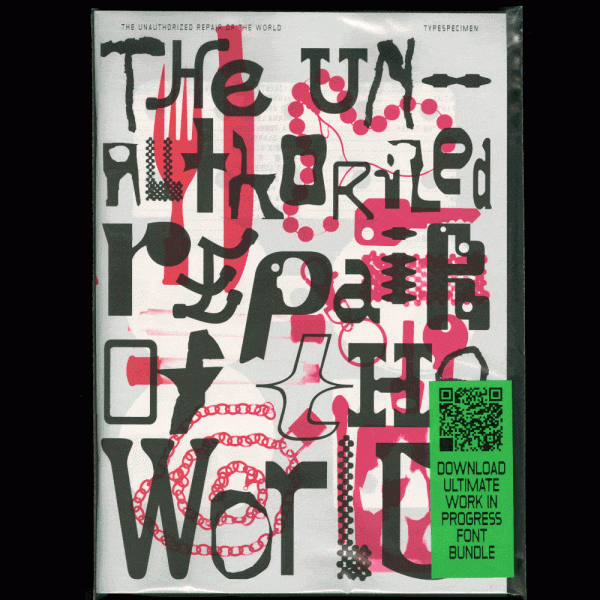
The Unauthorized Repair Of The World – Typespecimen
Ever again, something in need of repair? By reclaiming discarded, broken, leftover, or found materials, we reimagine their potential, using them to create initial compositions through experimental offset printing. From these freeform experiments, we discover how shapes tell stories, fit together, and define the character of a typeface. This hands-on exploration of cutting, layering, recomposing and repairing shapes creates new letterforms with the potential to evolve into functional typefaces.
Prof. Marion Kliesch
Elmo van der Poel
Ondrej Báchor, Andrej Loll
Prof. Marion Kliesch
Elmo van der Poel
Ondrej Báchor, Andrej Loll
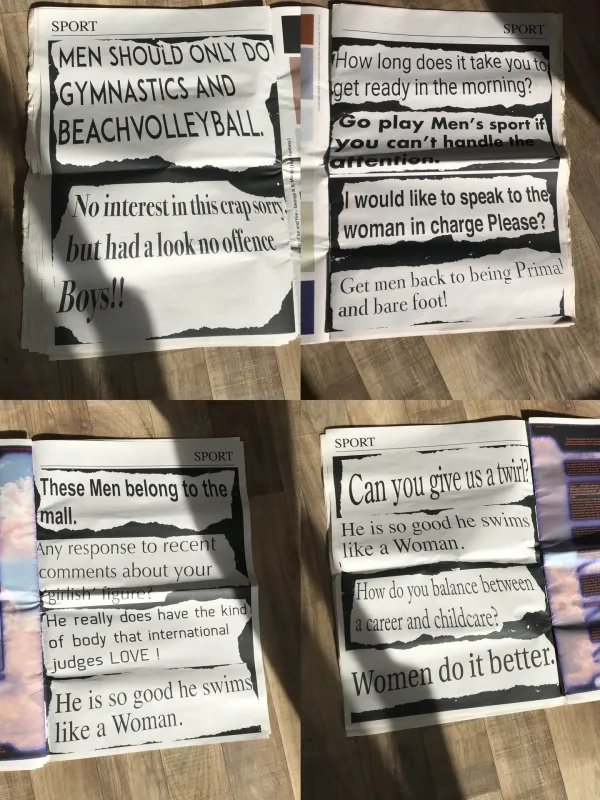
Revised!
This is a contribution to the systemdesign class newspaper that was printed in the W/S, where the matter of the language used towards the female athletes have been observed, and refined to highlight some of the comments that are used to expose what that words would mean if they were used towards male athletes.
350×500mm, 4pages
350×500mm, 4pages

